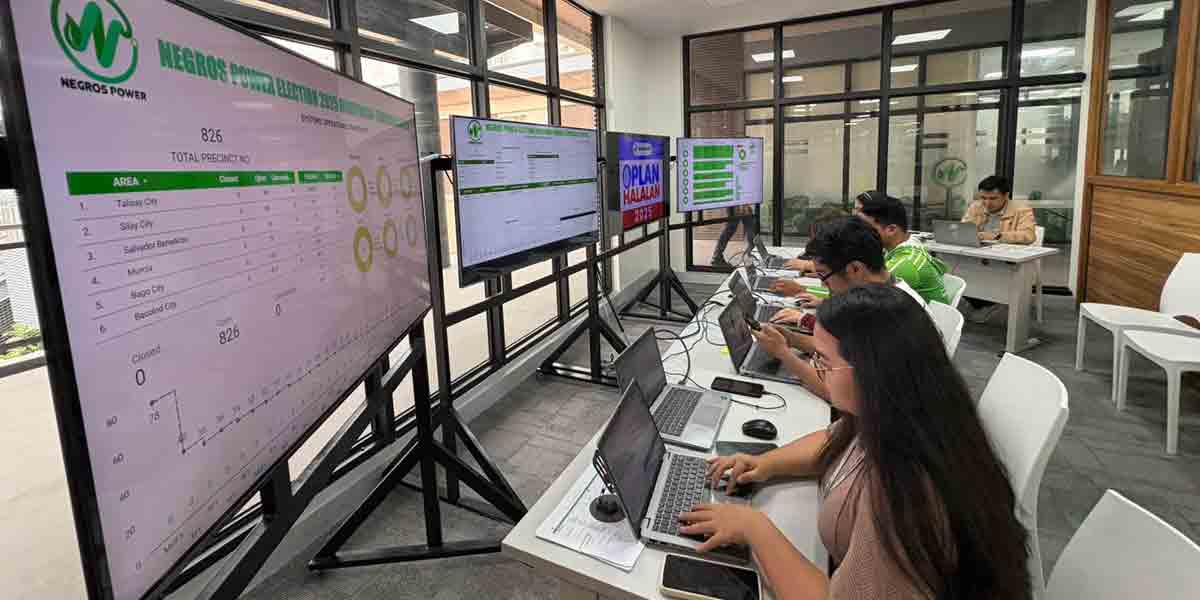THE overall confidence index (CI) rebounded to positive territory at 4.6 percent from -1.3 percent for Q2 2019.
Respondents’ optimistic outlook during Q3 2019 was attributed to their expectations of the following:
(a) improvements in the peace and order situation,
(b) availability of more jobs,
(c) additional and high income, and
(d) good governance.
The positive index indicates that the optimists outnumbered the pessimists for Q3 2019.
The CI is computed as the percentage of households that answered in the affirmative less the percentage of households that answered in the negative with respect to their views on a given indicator. A positive CI indicates a favorable view, except for the inflation rate, the peso-borrowing rate, unemployment and change in prices, where a positive CI indicates the opposite.
The overall consumer CI measures the average direction of change in three indicators – overall condition of the economy, household finances, and household income.
For Q4 2019, consumer confidence was more upbeat as the CI rose to 15.8 percent from the Q2 2019 survey result of 9.7 percent for Q3 2019.
Likewise, consumer optimism for the next 12 months improved as the CI increased to 29.8 percent from the Q2 2019 survey result of 25.2 percent for the next 12 months. Respondents’ more buoyant sentiment for Q4 2019 and the next 12 months stemmed from households’ anticipation of:
(a) availability of more jobs,
(b) additional and high income,
(c) good governance and
(d) stable prices of goods.
CONSUMER SENTIMENT IMPROVES
The quarter-on-quarter improvement in consumer confidence for Q3 2019 was observed across the three component indicators of consumer confidence, namely, the country’s economic condition, family financial situation and family income. For Q3 2019, the CI for economic condition reverted to positive territory.
Moreover, the CIs for financial situation and family income were less negative and higher, respectively. For Q4 2019 and the next 12 months, consumer sentiment was more optimistic across the three component indicators compared to Q2 2019 survey results.
Likewise, consumer outlook across income groups improved for Q3 2019. Respondents cited expectation of better peace and order situation, availability of more jobs and additional income as common reasons for their boosted sentiment.
Moreover, the consumer confidence for high-income group was more favorable due to expectations of higher income and additional working family members.
Meanwhile, the CI for low-income group was less negative as they anticipated good governance and effective government policies and programs.
For Q4 2019 and the next 12 months, the consumer sentiment was more optimistic across income groups compared to Q2 2019 survey results.
SPENDING OUTLOOK RISES
The spending outlook index of households on basic goods and services rose to 36.2 percent for Q4 2019 from the Q2 2019 survey result of 32.7 percent for Q3 2019.
This suggests that more respondents continue to expect higher spending on basic goods and services compared to those who said otherwise, indicating that growth in consumer spending may increase for Q4 2019.
Households’ spending outlook across commodity groups was mixed. More respondents expected an acceleration of expenditures on electricity, food, non-alcoholic and alcoholic beverages and tobacco, fuel, water, personal care and effects and clothing and footwear, while fewer respondents anticipated higher spending on transportation and education, recreation and culture.
The spending outlook was generally steady for medical care, communication, restaurant and cafes and house rent and furnishing.
The percentage of households that considered Q3 2019 as a favorable time to buy big-ticket items was broadly unchanged at 28.9 percent from 29.6 percent recorded in Q2 2019. In particular, the sentiment on buying conditions across big-ticket items was mixed – broadly steady for purchase of motor vehicles, more favorable for consumer durables, but less upbeat for real properties.
Likewise, the percentage of those who intend to buy big-ticket items for the next 12 months was broadly steady due largely to the stable buying intentions for motor vehicles, which dominated the more buoyant outlook for consumer durables and real estate.
ALL-TIME HIGH
For Q3 2019, the percentage of households with savings at present reached an all-time high of 37.5 percent from 35.2 percent in Q2 2019.
The higher number of savers was observed across income groups. According to respondents, they save money for the following reasons:
(a) emergencies,
(b) health and hospitalization,
(c) education,
(d) retirement,
(e) business capital and investment and
(f) purchase of real estate.
By area, the number of savers in areas outside the National Capital Region (AONCR) increased, but decreased in NCR.
Among households with savings, the majority of savers kept their money in a bank at 66.9 percent for Q3 2019, slightly lower compared to 67.1 percent in Q2 2019.
When asked if the household would set aside money for savings during Q3 2019, the percentage of respondents that said so increased to 45.3 percent from 42.3 percent in Q2 2019.
Consumers expect inflation, interest, and unemployment rates to increase and exchange rate to depreciate for the next 12 months
The survey results showed that consumers anticipated inflation, interest and unemployment rates to increase and the peso to depreciate for the next 12 months.
The number of consumers with views that inflation will go up increased and continued to outnumber those that held the opposite view, reflecting stronger inflationary expectations for the next 12 months.
Moreover, respondents anticipated the rate of increase in commodity prices to be above the government’s 2 to 4 percent inflation target range for 2019 to 2020, at 4.3 percent for the next 12 months, higher than the Q2 2019 survey result of 4 percent for the next 12 months.
Similarly, more respondents expected interest rate to rise, but fewer households expected the unemployment rate to increase and the peso to depreciate.
OFW HOUSEHOLDS
Of the 491 households included in the survey that received OFW remittances for Q3 2019, 96.1 percent used the remittances that they received to purchase food and other household needs.
Further, the percentage of OFW households that apportioned their remittances for education (68.8 percent) and purchase of house (11.4 percent) and motor vehicles (6.5 percent) decreased compared to the Q2 2019 survey results.
Meanwhile, the proportion of OFW households that allotted part of their remittances for medical expenses (54.8 percent), savings (37.3 percent), debt payments (23.6 percent), purchase of consumer durables (20.6 percent) and investment (7.9 percent) increased compared to the Q2 2019 survey results.
DEBT-TO-INCOME RATIO
Almost one-third or 28 percent of the respondents reported that he/she and/or his/her spouse have an outstanding loan at present, the lowest since Q2 2018.
The monthly amortization of debt per capita of respondents, including their spouse/partner, for Q3 2019 declined to ₱4,248 from ₱5,200 in Q2 2019, while the monthly income per capita for Q3 2019 increased to ₱28,243, compared to ₱26,964 in Q2 2019.
This translates to a lower debt-to-income ratio of surveyed respondents of 15 percent compared to the Q2 2019 survey result of 19.3 percent.
The Q3 2019 CES was conducted during the period 1 – 13 July 2019. The CES samples were drawn from the Philippine Statistics Authority (PSA) Master Sample List of Households, which is considered a representative sample of households nationwide.
The CES sample households were generated using a stratified multi-stage probability sampling scheme.
For Q3 2019 CES, 5,676 households, the sample size, were surveyed. Of the 5,676 households, 2,820 (49.7 percent) were from NCR and 2,856 (50.3 percent) from AONCR.
Of the said sample size, 5,488 households responded to the survey, equivalent to a response rate of 96.7 percent, from 95.8 percent in Q2 2019.
The respondents consist of 2,721 households in NCR with 96.5 percent response rate and 2,767 households in AONCR with 96.9 percent response rate.
The majority of the respondents were from the middle-income group (43.5 percent), followed by the low-income group (32.1 percent) and the high-income group (24.4 percent). (BSP)
(Photo Courtesy of traveltriangle.com)


















